The Panzer IV is one of the most recognisable fighting vehicles of the Second World War, and, of all the legendary Panzers, arguably the most important to the German war effort. It was produced in huge numbers from before the war to the very end, and while the later F/G/H/J model series is instantly recognisable to any World War Two enthusiast or wargamer, the earlier variants are rather less renowned. This is a shame, as the development and service history of the early models is fascinating in its own right, and now they can be properly represented on the Bolt Action tabletop with the awesome new plastic boxed set. Let’s shine some light on the early days of the Panzer IV!
Conceived in secrecy in the mid-1930s, the Panzer IV was designed as an infantry support tank, to be fielded alongside the Panzer III which would fill the anti-tank role. Armed with a short-barrelled 75mm gun, it was intended to blast enemy bunkers and anti-tank positions with high explosive shells, rather than directly engage enemy armour. The Ausf. A initial production variant saw only 35 examples produced, and were only really armoured against small-arms fire. The Ausf. B would begin production in 1937, and saw the installation of a new engine, transmission, and increased hull armour, with 42 examples produced and some Ausf. As retrofitted to near-standard. Armour and powerplant were again improved with the Ausf. C, and production numbers began to ramp up, with 140 built. The definitive pre-war model was the Ausf. D, which again increased armour protection. With 248 produced, the majority of the Panzer IVs to see service in Poland and France would be C and D models, and although they would be superseded by the E and early F models (before the tank was effectively re-purposed as an anti-tank vehicle with the introduction of the long-barrelled 75mm main gun), some of these would also go on to serve in North Africa and on the Eastern Front.
In combat, the early Panzer IV models proved invaluable in the close-support role, but their short-barrelled guns, while perfectly capable against many of the lighter tanks they faced, struggled against the better-protected British and French examples, and were a poor substitute for ‘real’ anti-tank guns. Nevertheless, their successes (coupled with the reliability and adaptability of the design) meant that the Panzer IV would be the mainstay of the German Panzer arm until the end of the war, even if the final H and J series were far removed from their predecessors, and the early models were crucial to the lightning victories enjoyed by the Wehrmacht in the opening stages of the conflict.
Naturally, they deserve their place on the early-war Bolt Action tabletop, and for many years our resin and metal Panzer IV Ausf. D has done a solid job of representing the class. It’s time for an upgrade, however, and this venerable kit will be retired soon, replaced by the upcoming plastic Panzer IV B/C/D boxed set! Design Studio boss Paul Sawyer rates the new kit as “an absolute delight to assemble, and quite possibly our best yet” – and having put more than a few together over the years, he knows a thing or two about building model tanks! Able to be assembled (as the name suggests) in the Ausf. B, C, or D variants, it’s perfect for the fields of Poland and France, the deserts of Africa, or the steppes of Russia, and no early-war German army is complete without one!
On the tabletop, the early Panzer IVs have a pair of profiles, representing the earliest A models and the later B/C/D/E/F series. There’s really only one difference – both mount a light howitzer and a pair of medium machine guns, but while the A only has the 8+ Damage value of a light tank and commensurate cost of 135 points at Regular, the B/C/D/E/F has a rather beefier 9+ Damage value and 175-point price tag at Regular. Both can be useful additions to an army as well as characterful focal points, especially in early-war games where you aren’t likely to encounter anything particularly nasty in terms of enemy armour. The early version is a great ‘budget’ choice, allowing you to bring even more infantry and other goodies, while the thicker armour of the later models allows them to have a decent chance of resisting the kind of light anti-tank weapons that proliferate in the period. The light howitzers can also be surprisingly tasty, dishing out pins and blasting infantry to bits with ease – remember, you can never have too much HE!
With the new plastic Panzer IV B/C/D plastic boxed set on the way, there’s really no excuse not to add one (or several – thanks to the great value Zug boxed set) to your force!
Panzer IV Ausf. B/C/D Zug
The new plastic vehicle is first available within the Zug boxed set, a great-value way of getting three examples of the iconic tank; build one of each variant or three of one – the choice is yours! The new plastic vehicle will also be available separately. Keep an eye on the Warlord Games newsletter to find out when!
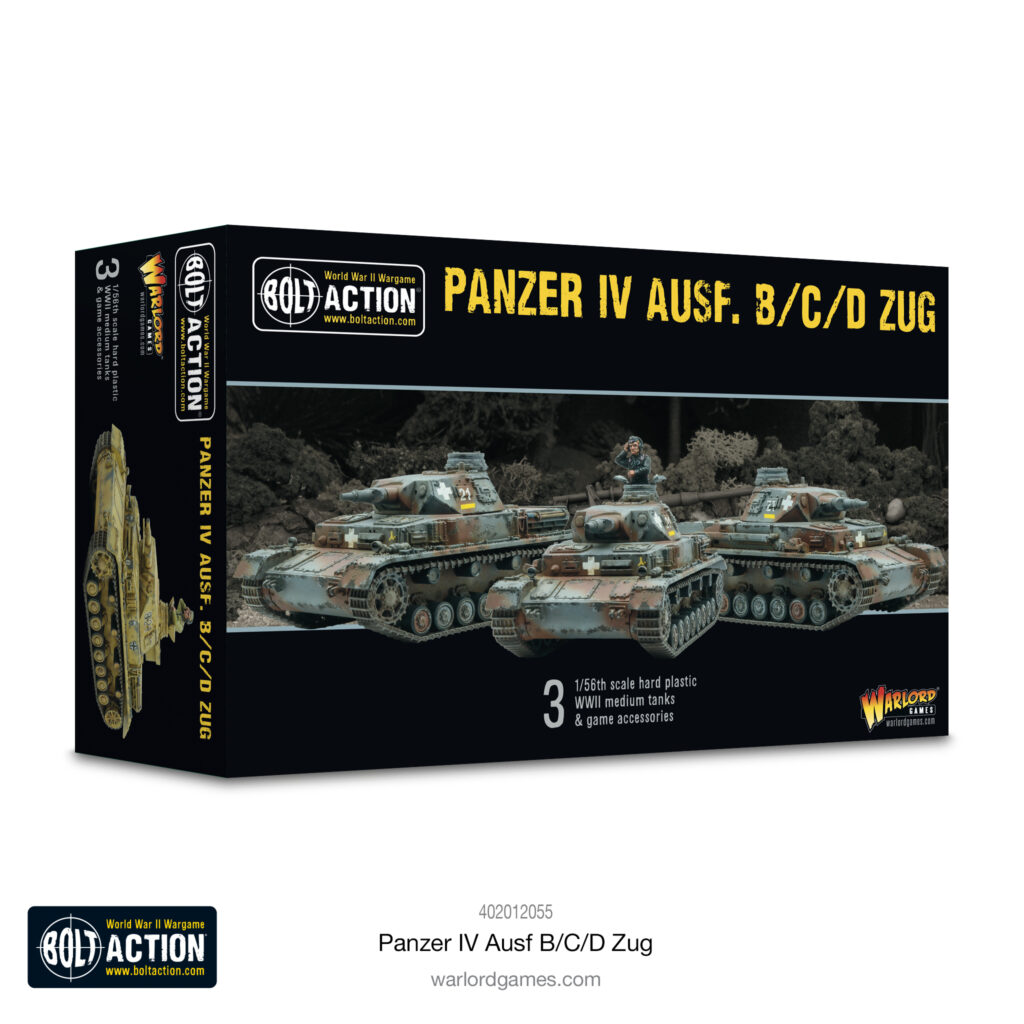
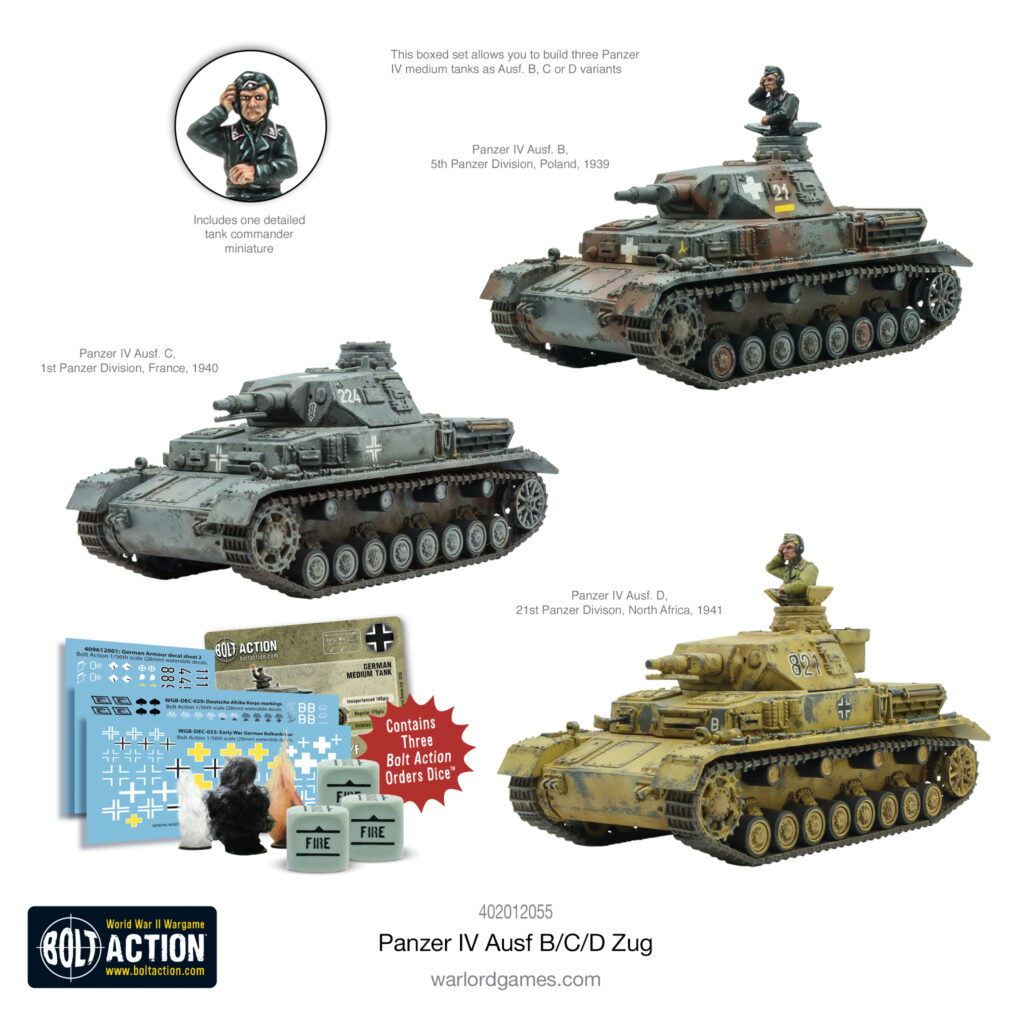
Other articles in the Forces of Fame Series:
Bolt Action – The Tiger I; Princess Elizabeth (Jubilee Special); Japanese Special Naval Landing Force; M18 Hellcat; Centurion Mk III; British Airborne; M4A3E8 Sherman ‘Easy Eight’; German Fallshirmjäger; FlaK 88;
Blood Red Skies – Messerschmitt Bf 110; Ki-43 II ‘Oscar’; Grumman F9F Panther; Vought F4U Corsair;
Victory at Sea – The Bismarck; Fletcher-Class Destroyers; Kongō; Yamato-class Battleships;
Pike & Shotte (& Pike & Shotte Epic Battles) – Cuirassiers; Polish Winged Hussars; Dragoons;
Black Powder (& Black Powder Epic Battles) – The Iron Brigade; 95th Rifles; Zulus;
Black Seas – HMS Victory;
Hail Caesar / SPQR – Dacian Falxmen; Hoplites;

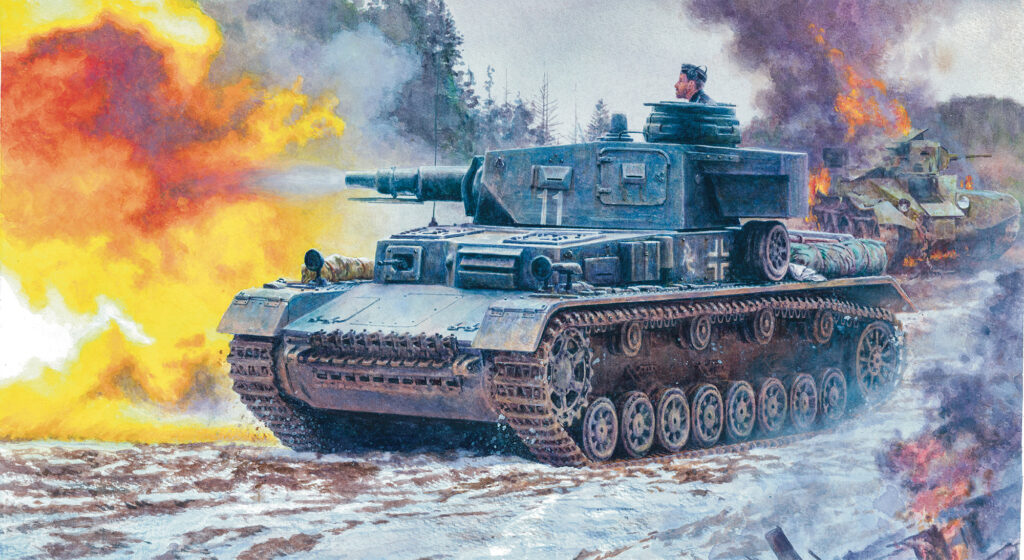
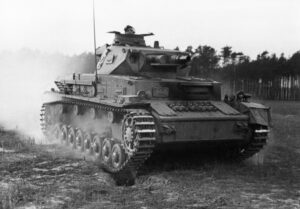

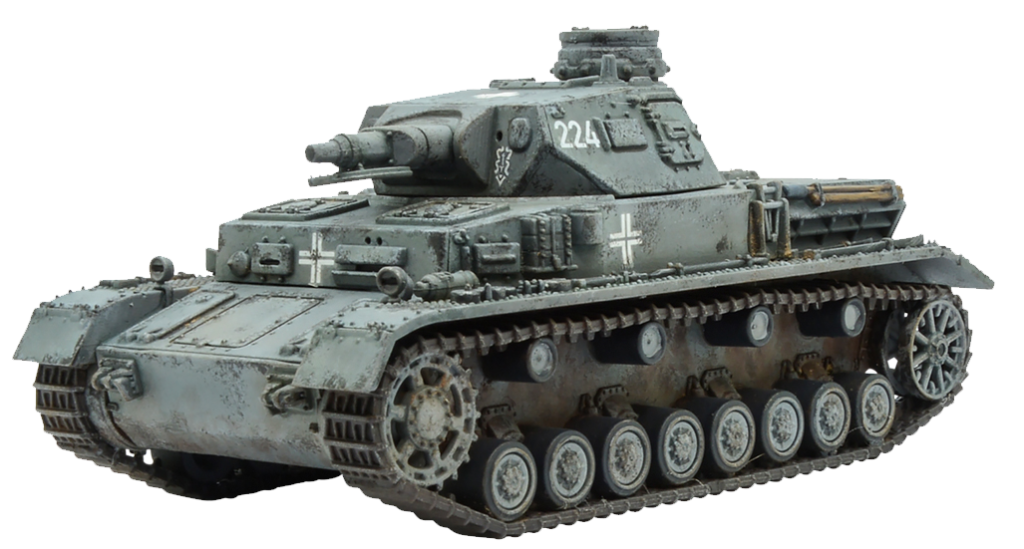
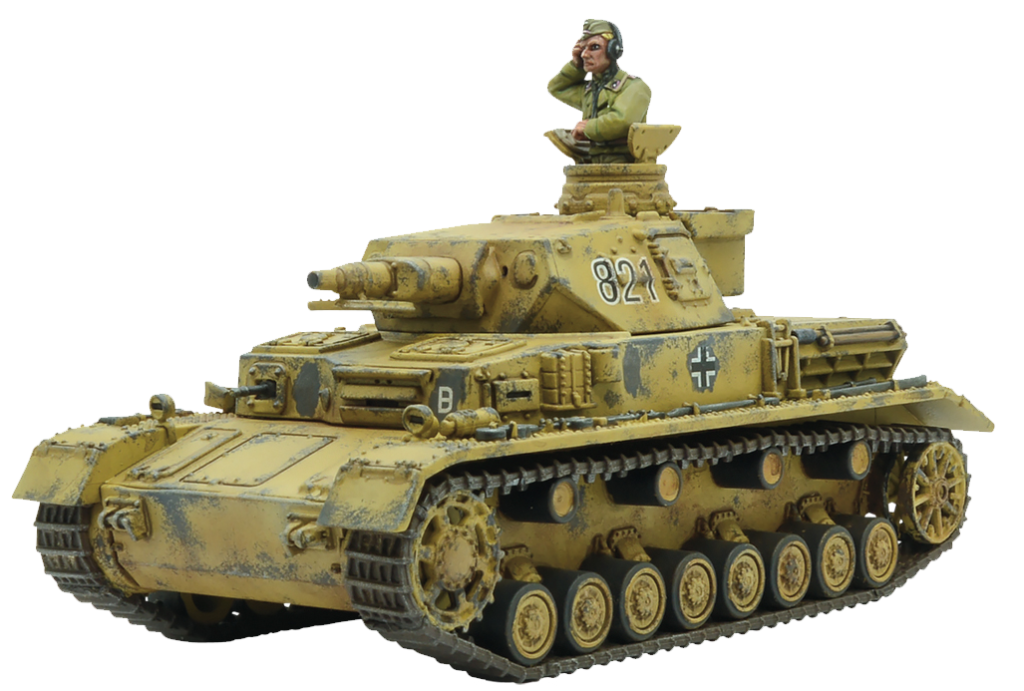
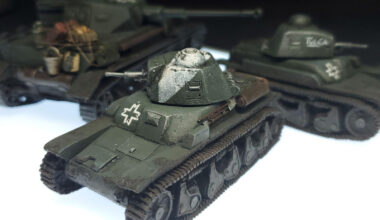
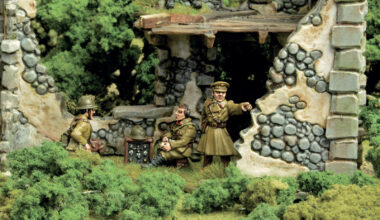
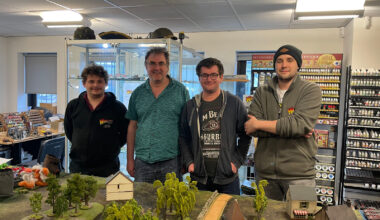
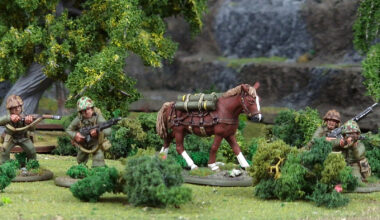
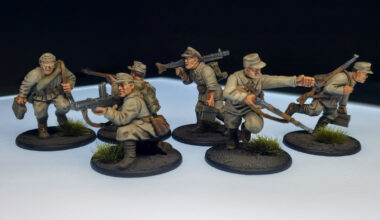
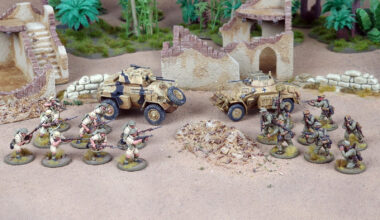
1 comment
Another good release for 1940. Too much to ask for revised Blitzkrieg Germans and plastic BEF?
Comments are closed.